Midwest Crops Thrive While the Tropics Stir
From drought-stressed to waterlogged to flourishing, Illinois crops reflect a wide range of conditions as Matt Reardon also looks at Texas floods, an anticipated busy hurricane outlook, and July’s forecast outlook.
Documenting the Extent of Group 15 Herbicide Resistance in Illinois Fields
Illinois research funded by the Illinois Soybean checkoff reveals Group 15 resistance in waterhemp is more widespread and complex than previously thought — explore the findings and management tips in the Annual Insights Report.
Scouting for Soybean Diseases with Stephanie Porter
Stephanie Porter, CCA, explains which soybean diseases to watch for — including frogeye leaf spot, SDS, and red crown rot — and shares how to scout for and manage them effectively.
Year One Results from Multi-Year Insect Pest and Yield Study
This ISA checkoff-funded study evaluated the frequency with which insecticides preserve soybean yield in Illinois and identified the key insect pests contributing to yield loss.
SOYLEIC Varieties Deliver Competitive Yields
ISA's Annual Insights Report highlights checkoff-funded research showing that all SOYLEIC varieties yield comparably to Plenish and leading Pioneer checks.
Selecting Wheat Varieties for Early Harvest and Timely Double-Crop Soybeans
An ISA checkoff-funded study shows that selecting the right wheat variety can help growers plant double-crop soybeans up to a week earlier.
Considering a Fungicide Application by Drone? You’re Not Alone – Part 2
In part two, Stephanie Porter, CCA, shares 2023 Purdue research comparing drone and ground rig fungicide applications, highlighting coverage, disease control, and yield results.
Considering a Fungicide Application by Drone? You’re Not Alone – Part 1
In part one of this two-part series, Stephanie Porter, CCA, breaks down the pros and cons of drone fungicide applications—and what farmers need to consider before taking flight.
What’s Lurking Inside Soybean Stems?
Widespread stem canker, charcoal rot, and dectes stem borer pose major threats to Illinois soybean yields, according to a project funded by the ISA checkoff program.
Phytophthora Crown and Stem Rot in Soybean: A Recurrent Disease in Illinois
Could phytophthora be threatening your soybean crop? Learn how to identify symptoms and manage this disease.

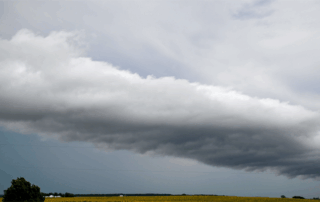
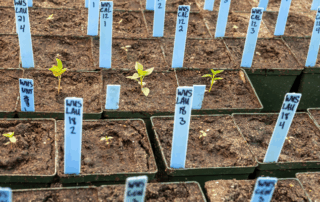
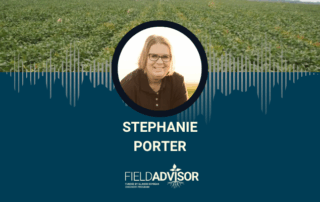
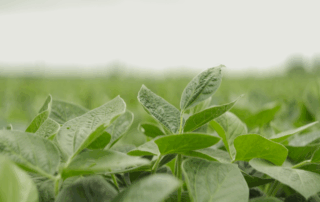
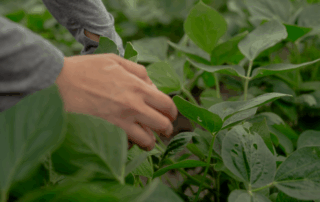
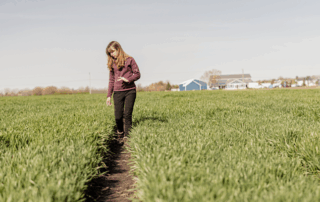
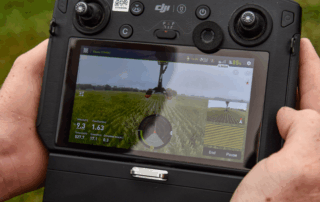
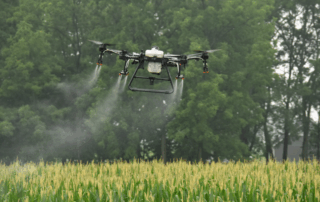
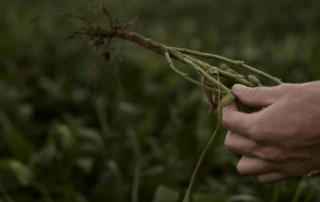
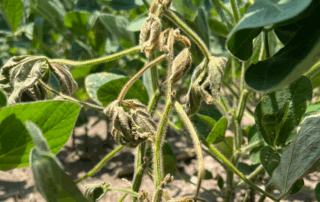

 and then
and then